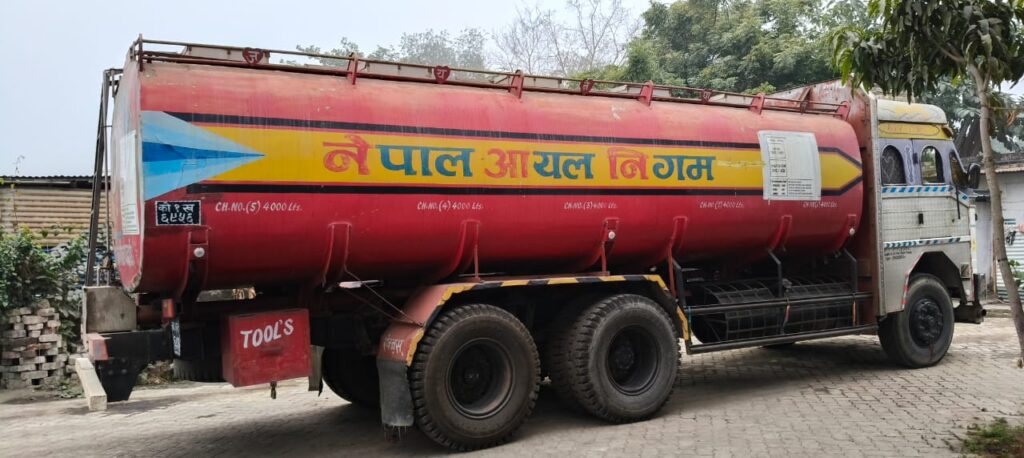
Petroleum products are the lifeblood of the global economy. From transportation to manufacturing, energy generation to agriculture—almost every sector depends heavily on crude oil and its derivatives. The fluctuation in international petroleum product prices doesn’t just affect oil-producing nations—it also has far-reaching consequences for developing countries like Nepal, which rely entirely on imports to meet their energy demands.
Global Trends in Petroleum Prices
International crude oil prices are influenced by a variety of factors, including:
- OPEC+ production decisions
- Geopolitical tensions (e.g., Russia-Ukraine conflict, Middle East instability)
- Global economic outlook and demand
- Natural disasters and pandemics
- Exchange rate fluctuations
In 2024 and into 2025, global petroleum prices have remained volatile. Events such as tensions in the Middle East, changing production quotas by OPEC+, and fluctuating demand from major economies like China and the USA continue to impact pricing.
Why This Matters to Nepal
Nepal is a landlocked country with no domestic oil production. It imports 100% of its petroleum products, primarily through India, and is heavily dependent on the international price of crude oil. The consequences of rising petroleum prices are particularly serious for Nepal due to:
1. Inflationary Pressure
Higher global oil prices lead to increased import costs, which are passed on to consumers. This contributes to a rise in the prices of goods and services, especially transportation, food, and basic commodities, fueling inflation.
2. Rising Trade Deficit
Since petroleum imports form a large part of Nepal’s import bill, rising prices increase the country’s trade deficit. This weakens the balance of payments and puts pressure on the foreign exchange reserves.
3. Increased Transportation Costs
Nepal’s rugged terrain already makes transportation expensive. With higher fuel prices, logistics and transport costs go up, making everything from vegetables to construction materials more costly.
4. Impact on Development Projects
Government infrastructure and development projects often rely on fuel-intensive machinery and transport. An increase in petroleum prices can lead to budget overruns and delays in project implementation.
5. Energy Security Concerns
With global prices rising unpredictably, Nepal faces challenges in ensuring a stable and affordable energy supply. It increases the urgency to diversify energy sources and invest more in renewable energy.
How Can Nepal Mitigate These Effects?
While Nepal cannot control international petroleum prices, it can take several steps to reduce its vulnerability:
- Diversify energy sources: Invest in hydropower, solar, and bioenergy to reduce dependency on imported petroleum.
- Improve public transportation: Better infrastructure and affordable public transport can reduce individual fuel consumption.
- Promote fuel efficiency: Encourage fuel-efficient vehicles and practices across industries.
- Strategic petroleum reserves: Maintain buffer stocks to manage short-term price shocks.
Conclusion
International petroleum product prices will continue to remain unpredictable due to global dynamics. For a country like Nepal, the impact is profound—affecting everything from inflation and trade balances to daily life. Addressing these challenges requires long-term planning, strategic investment in alternative energy, and regional cooperation.
